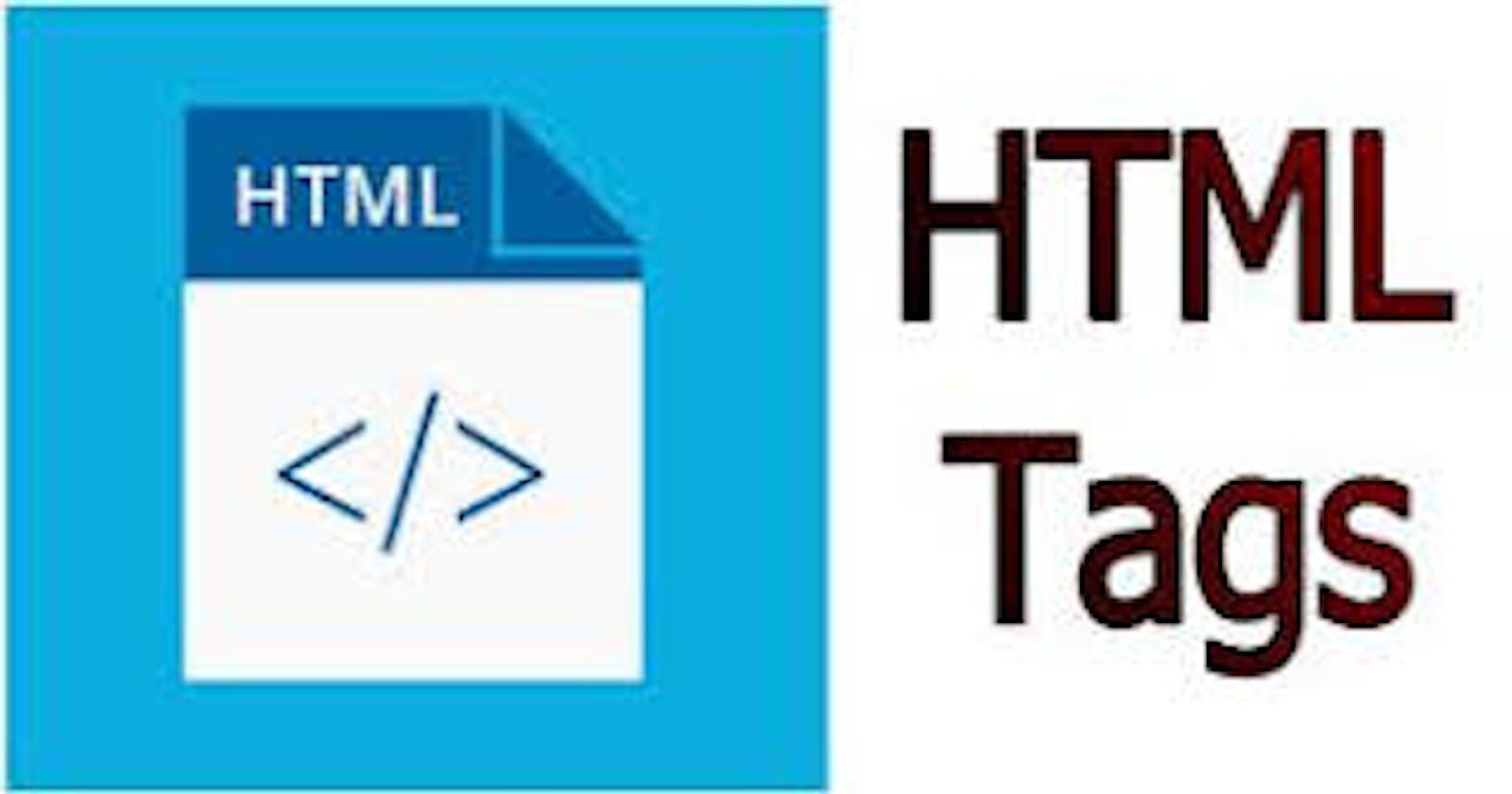Table of contents
No headings in the article.
HTML stands for Hypertext Markup Language, and it is the most widely used language to write Web Pages.
Hypertext refers to the way in which Web pages (HTML documents) are linked together. Thus, the link available on a webpage is called Hypertext.
As its name suggests, HTML is a Markup Language which means you use HTML to simply "mark-up" a text document with tags that tell a Web browser how to structure it to display.
What are HTML Tags?
HTML tags are simple instructions that tell a web browser how to format text. You can use tags to format italics, line breaks, objects, bullet points, and more. An HTML tag must contain three parts:
- An opening tag — this will start with a < > symbol
- Content — the short instructions on how to display the on-page element
- A closing tag — this will end with a </ > symbol However, some HTML tags can be unclosed. That means that the HTML tag does not need to be closed with a </ >. You’ll typically use unclosed tags for metadata or line breaks.
HTML Document Structure
<html>
<head>
Document header related tags
</head>
<body>
Document body related tags
</body>
</html>
Examples Of HTML Tags
Heading Tags Any document starts with a heading. You can use different sizes for your headings. HTML also has six levels of headings.
<!DOCTYPE html>
<html>
<head>
<title>Heading Example</title>
</head>
<body>
<body>
<h1>This is heading 1</h1>
<h2>This is heading 2</h2>
<h3>This is heading 3</h3>
<h4>This is heading 4</h4>
</body>
</html>
Paragraph Tag
The p tag offers a way to structure your text into different paragraphs. Each paragraph of text should go in between an opening p and a closing /p tag as shown below in the example −
<!DOCTYPE html>
<html>
<head>
<title>Paragraph Example</title>
</head>
<body>
<p>Here is a first paragraph of text.</p>
</body>
</html>
The Most Common HTML Tags
Unclosed HTML Tags Some HTML tags are not closed, for example br and hr. br Tag: br stands for break line, it breaks the line of the code. hr Tag: hr stands for Horizontal Rule. This tag is used to put a line across the webpage.
HTML Meta Tags
DOCTYPE, title, link, meta and style
HTML Text Tags
<p>, <h1>, <h2>, <h3>, <h4>, <h5>, <h6>, <strong>, <em>, <abbr>, <acronym>, <address>, <bdo>, <blockquote>, <cite>, <q>, <code>, <ins>, <del>, <dfn>, <kbd>, <pre>, <samp>, <var> and <br>
HTML Link Tags
<a> and <base>
HTML Image and Object Tags
<img>, <area>, <map>, <param> and <object>
HTML List Tags
<ul>, <ol>, <li>, <dl>, <dt> and <dd>
HTML Table Tags
table, tr, td, th, tbody, thead, tfoot, col, colgroup and caption
HTML Form Tags
form, input, textarea, select, option, optgroup, button, label, fieldset and legend
HTML Scripting Tags
script and noscript
